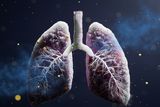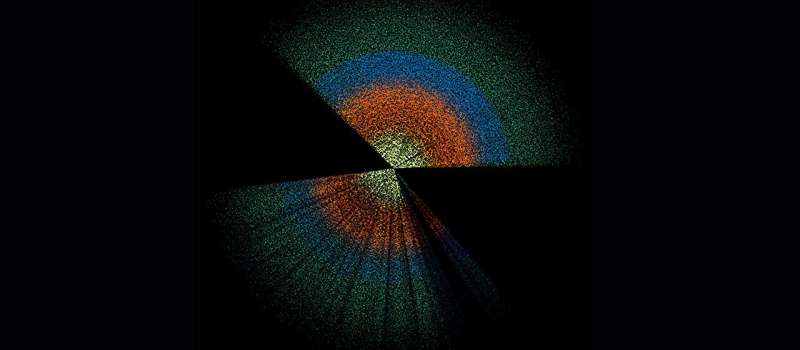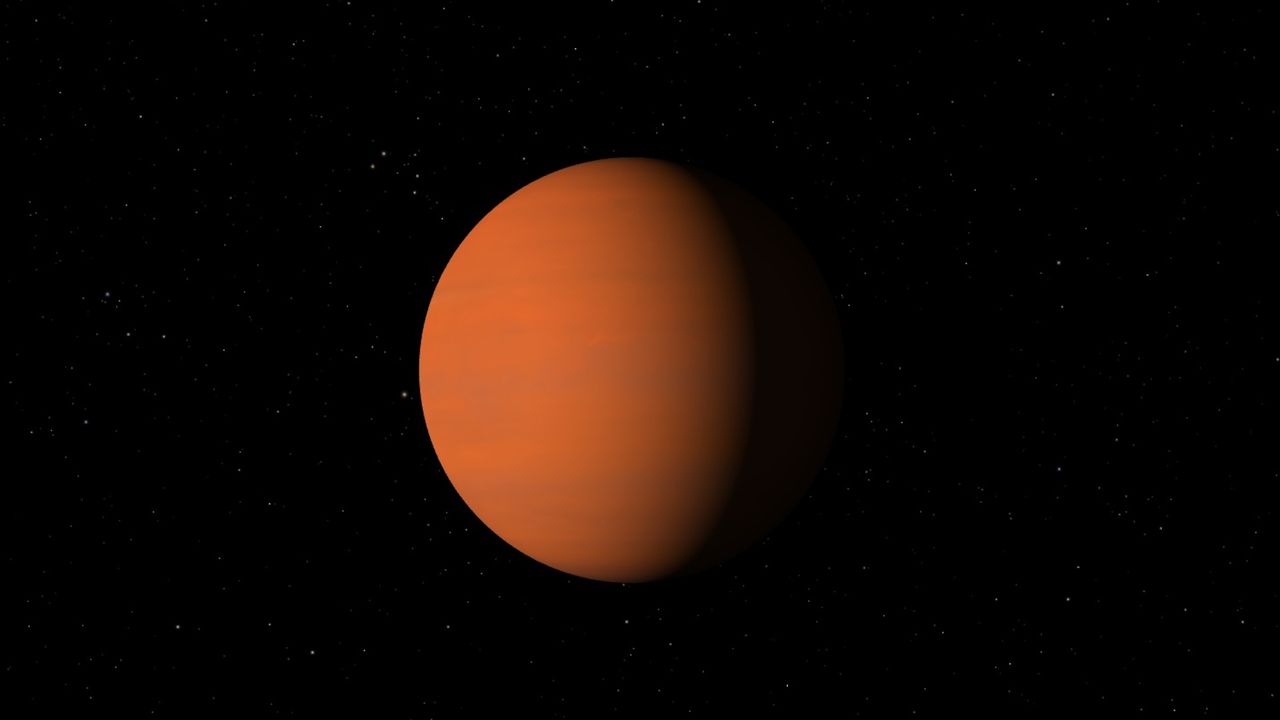Research has revealed that dust from California’s evaporating Salton Sea can significantly impact the lung microbiome, potentially harming respiratory health. A study published in the journal mSphere by scientists from the University of California, Riverside (UC Riverside) highlights how exposure to this dust alters microbial communities in the lungs, raising concerns about the immune response.
The lung microbiome, while less understood than its gut counterpart, plays a crucial role in maintaining health. The UC Riverside team, led by Mia Maltz, found that environmental factors, particularly harmful dust, can negatively affect lung health. Previous knowledge primarily focused on genetic and bacterial infection influences on the lung microbiome. This study marks a significant shift in understanding how external exposures can have detrimental effects.
In their experiment, researchers exposed laboratory mice to dust collected from the Salton Sea, noting unexpected outcomes. “Even Salton Sea dust filtered to remove live bacteria or fungi is altering what microbes survive in the lungs,” said Maltz. “It is causing deep changes to our internal environment.”
Environmental Influences on Lung Health
Before conducting the experiment, the research team suspected that environmental conditions could contribute to respiratory issues. During dust collection in the field, they experienced discomfort, with some researchers noting an unpleasant odor from the dust. Talyssa Topacio, a graduate student and co-first author, remarked on the local community’s concerns regarding links between environmental factors and respiratory illness.
During the study, the researchers observed significant increases in the populations of Pseudomonas and Staphylococcus bacteria in mice exposed to the dust. Both bacterial types are known to induce lung inflammation. The most concentrated dust samples contained bacteria that produce lipopolysaccharides (LPS), which trigger immune responses. Maltz explained, “We think microbial products like LPS are part of what’s causing the inflammation. It’s like breathing in a chemical fingerprint of dead bacteria.”
Mice exposed to the most potent dust samples exhibited a 60 percent increase in lung immune cells marked by neutrophils, critical for combating infections. In contrast, mice breathing neutral air showed immune cell levels around 10 to 15 percent.
Implications for Public Health
The findings from this study challenge previous scientific assumptions in pulmonology. David Lo, a distinguished professor of biomedical sciences and study co-author, noted, “We’ve seen these kinds of microbial shifts in people with cystic fibrosis or infections. But these mice had no pre-existing conditions. This was a clean slate, and it still happened.”
As the Salton Sea continues to dry, releasing more harmful dust into the atmosphere, researchers express concern for local residents’ health. Long-term exposure to this dust may lead to chronic respiratory issues, including asthma and other diseases. Lo emphasized the importance of understanding how such environmental factors could alter the lung microbiome.
Moreover, the research team is now questioning the broader implications of dust exposure. They wonder how other factors, such as wildfire smoke, cigarette smoke, and vehicle exhaust, may similarly affect lung health. “We’ve only just begun to understand how dust exposure changes the lung microbiome,” Maltz remarked. “We don’t yet know how long the changes last, or whether they’re reversible. That’s another big question.”
This study underscores the need for ongoing investigation into environmental impacts on lung health and highlights the critical role of the lung microbiome in overall health. As researchers continue to explore these connections, the potential implications for public health remain significant, especially for communities near environmental hazards.
This article is intended for informational purposes only and should not be considered medical advice.







